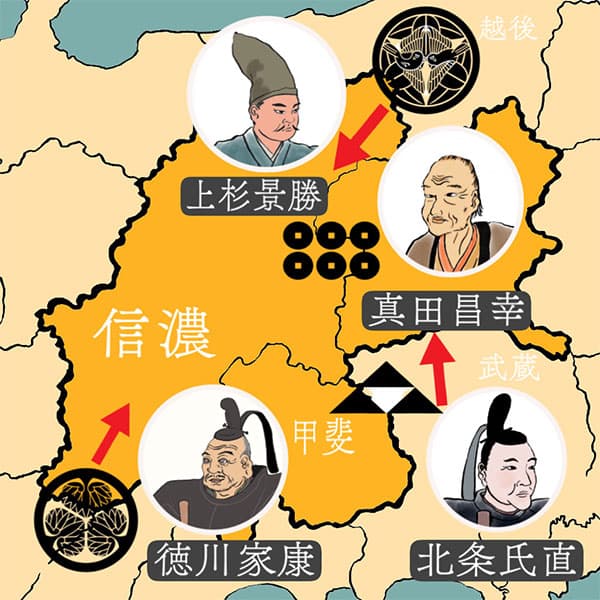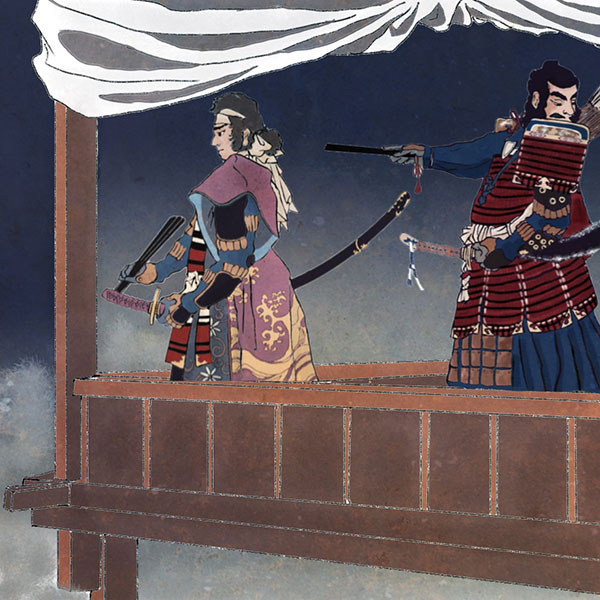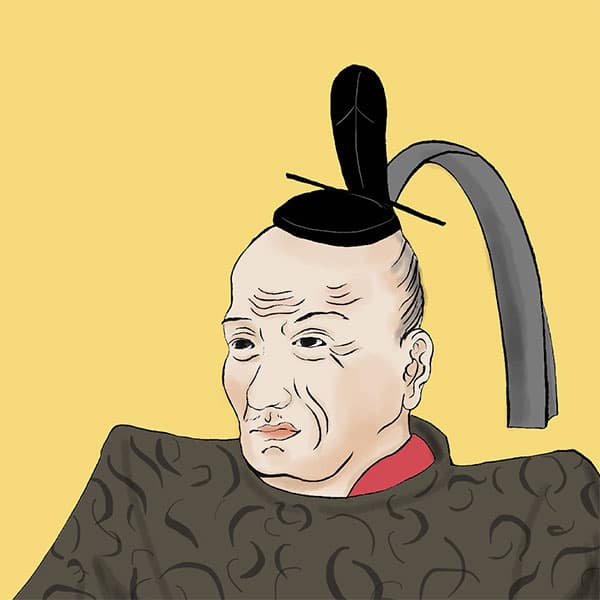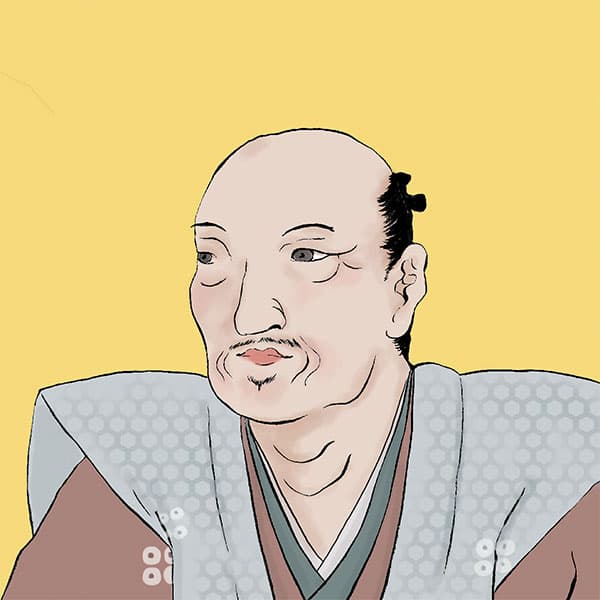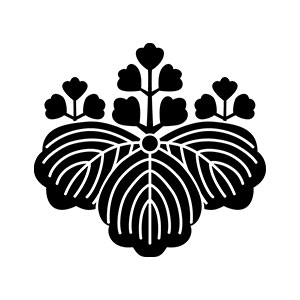- Ueda domainStarting with Nobuyuki Sanada, older brother of Nobushige Sanada
- The Ueda clan was founded by Nobuyuki Sanada, the older brother of Nobushige Sanada, who was known as ``Japan's best soldier.'' Three families ruled the Ueda domain until the Meiji era: the Sanada clan, the Sengoku clan, and the Matsushiro clan. Here, let's unravel the history of the Ueda clan. Japan's best soldier

Ueda CastleUeda City, Nagano Prefecture
- TOP
- Chubu
- Nagano Prefecture
- Ueda Castle
| Other name | Amagafuchi Castle |
|---|---|
| castle construction | 1583 |
| address | 4-6 Ninomaru, Ueda City, Nagano Prefecture |
The castle was built by Masayuki Sanada, the father of Nobushige Sanada (Yukimura). It is known as an impregnable castle that twice defeated the Tokugawa army in the First and Second Battles of Ueda.
- Access to Ueda Castle
- Approximately 10 minutes walk from Ueda Station on the Hokuriku Shinkansen, Shinano Railway Line, and Ueda Electric Railway Bessho Line.
HISTORYUeda Castle, an impregnable castle that twice defeated the onslaught of the Tokugawa army.
Ueda Castle is a flat castle built by Masayuki Sanada, the father of Sengoku period warlord Nobushige Sanada (Yukimura), who is known as ``Japan's best soldier'' and is still very popular today. It was nicknamed the "impregnable castle" because it twice defeated the Tokugawa army, and is still a tourist attraction in Ueda City that many tourists visit. This time, I will explain the characteristics of Ueda Castle.
- The castle was built by the lord of Sanadamoto Castle in the small prefecture of Shinano Province.
- Ueda Castle is a flat castle built by Masayuki Sanada in 1583. It was built in the northern part of the Ueda Basin, facing Amagafuchi, a branch of the Chikuma River, so it has another name, ``Amagafuchi Castle.''
The northern part of the castle faced Mt. Taro and the southern part faced the Chikuma River, and the Yadesawa River was drawn into the north and west sides to form the outer wall. The eastern side was the opening for attack, but it was surrounded by wetlands and the Hirasawa River, making it difficult for a large army to attack.
Ueda Castle was built in several stages: Tensho 11, Tensho 13, and Tensho 18. Then, in 1583, Tokugawa Ieyasu's army attacked Ueda Castle. This arose due to the conflict between the Tokugawa family and the Sanada family in the post-war process of the Tensho Migo Rebellion, which broke out over control of Kai, Shinano, and Ueno provinces after Oda Nobunaga was killed at Honnoji Temple. . In this battle, which was later called the "First Battle of Ueda," the Sanada family attacked the Tokugawa army at Ueda Castle and successfully defeated them. This battle has been depicted in many dramas, movies, and novels, including the 2016 Taiga drama "Sanada Maru." - Completely destroyed after the Battle of Sekigahara
- After the death of Toyotomi Hideyoshi, Masayuki Sanada and Nobushige Sanada joined the Western army at the Battle of Sekigahara in 1600. In the Second Battle of Ueda, the Sanada army holed up in Ueda Castle and fended off the onslaught of the Tokugawa army led by Hidetada Tokugawa. However, the eastern army won the battle, and Masayuki Sanada and Nobushige Sanada were exiled to Mt. Kudo in Kii Province. With no castle owner left, Ueda Castle was completely destroyed by Tokugawa Ieyasu in 1601, and the moat was reclaimed.
- Rebuilt by Tadamasa Sengoku
- Nobuyuki Sanada, the eldest son of Masayuki Sanada, was put in charge of Sanada territory after Masayuki Sanada was exiled to Mt. Kudo because he joined the eastern army at the Battle of Sekigahara. Nobuyuki Sanada repeatedly asked Tokugawa Ieyasu to rebuild Ueda Castle, but his request was repeatedly rejected. After that, Nobuyuki Sanada was transferred to Matsushiro, Shinano Province in September 1622. When he was the lord of the Ueda domain, Nobuyuki Sanada established a new mansion on the site of the destroyed Sannomaru of Ueda Castle, where he ruled and developed the castle town. After Nobuyuki Sanada moved to Matsushiro, Tadamasa Sengoku was transferred from the Komoro domain in his place. Tadamasa Sengoku requested that Ueda Castle be rebuilt and was granted permission, so he began rebuilding in 1626. The remains of Ueda Castle that remain today were built at this time. Sengoku Tadamasa constructed seven turrets, two turret gates, and a fence to connect them for the main keep, but construction was halted due to Sengoku Tadamasa's death in 1628, and it was never resumed. There was no.
- Ueda Castle after the Meiji period
- Ueda Castle remained the residence of the lord of the Ueda clan and the center of government throughout the Edo period, without being completely rebuilt. In the Meiji period, Ueda Castle was dismantled, leaving only the stone walls and the west turret. The two turrets of the main enclosure, which were relocated in the Showa period, were restored to their original locations, and in the Heisei period, the turret gates and walls were restored to wooden construction.
Currently, the former Ninomaru area of Ueda Castle has been developed as Ueda Castle Ruins Park, and has become a tourist attraction in Ueda City. In addition, municipal facilities such as a baseball stadium and a city museum have been built on the grounds of Ueda Castle, and the mansion gate and moat that were built during the Matsushiro clan, which replaced the Sengoku clan as the lords of the Ueda clan, are located at Ueda High School. It is used on the premises of Additionally, since 1983, the Ueda Castle Sanada Festival has been held every year to commemorate the 400th anniversary of the construction of Ueda Castle by Masayuki Sanada. Held every spring during the cherry blossom season, it is one of Ueda City's most representative festivals. In 2017, Masao Kusakari, who played Masayuki Sanada in the taiga drama ``Sanada Maru,'' participated in the parade, which created a lot of excitement. In addition, near Ueda Castle, there is the Sanada Taiheiki Museum, which is based on the author Shotaro Ikenami's masterpiece, Sanada Taiheiki, and provides information on the geographical situation and military movements of Osaka's Winter Siege and Summer Siege. You can see exhibits that represent things like this in three dimensions.
Read about incidents related to Ueda Castle
Read biographies related to Ueda Castle
History of the Ueda domain, with Ueda Castle as its domain office
| Domain office | Ueda Castle |
|---|---|
| old area | Ueda, Ogawa Prefecture, Shinano Province |
| stone height | 53,000 koku |
| Fudai/Tozama | Fudai |
| main lord | Mr. Sanada, Mr. Sengoku, Mr. Matsudaira |
| Estimated population | 120,000 people (first year of Meiji) |
After Masayuki Sanada built Ueda Castle, his eldest son Nobuyuki Sanada succeeded him. After that, the Sengoku family and the Matsudaira (Fujii) family joined the family.
































